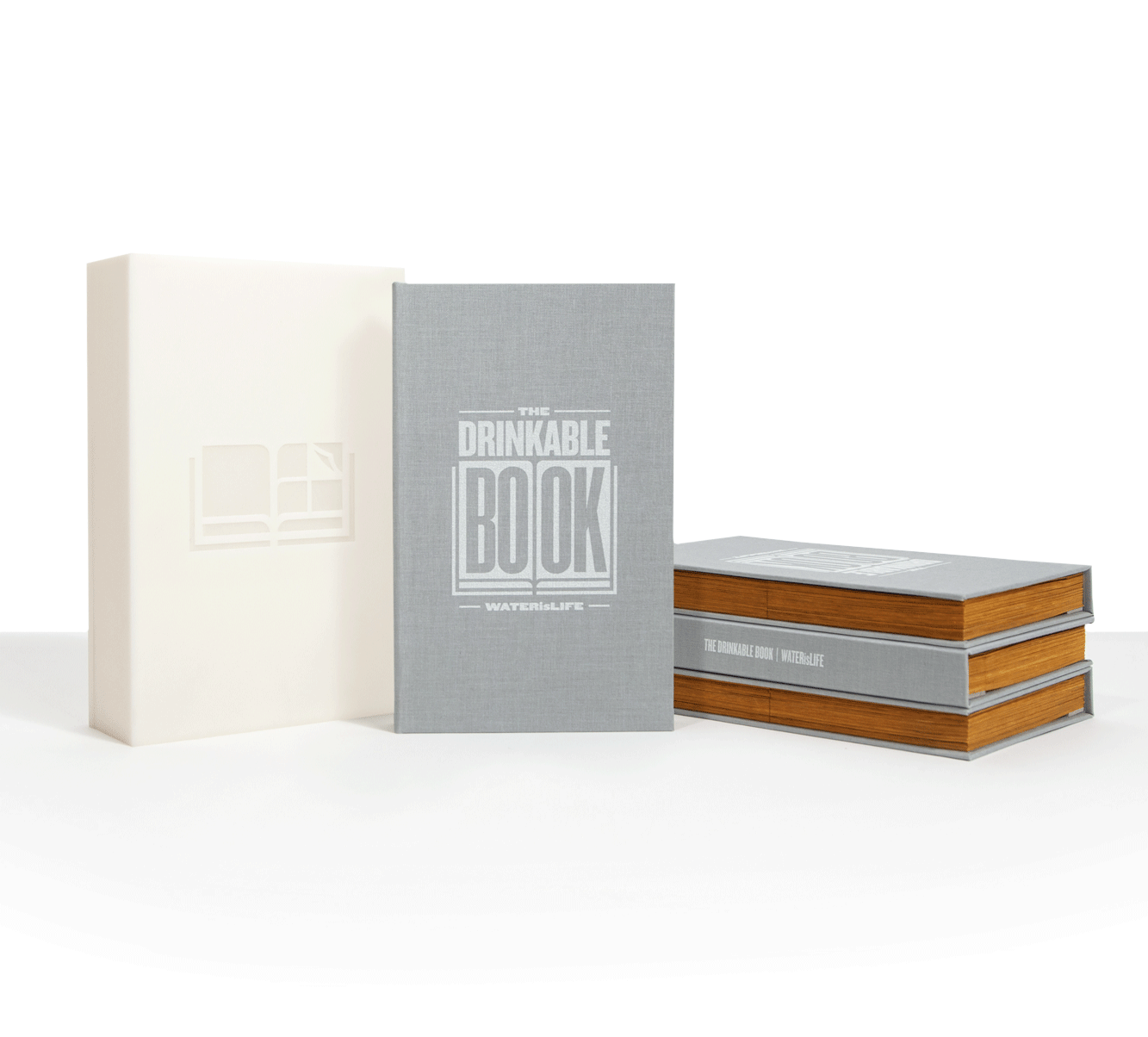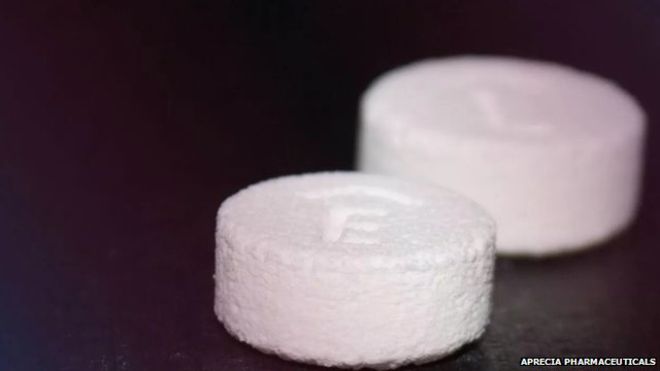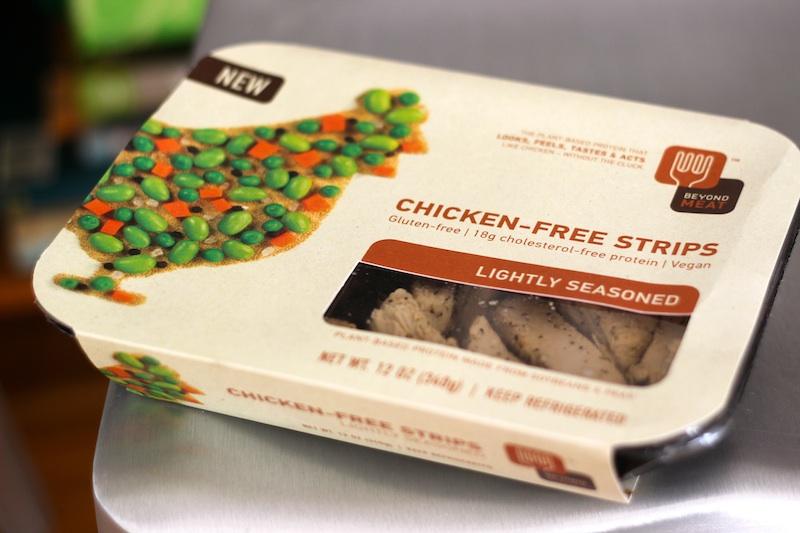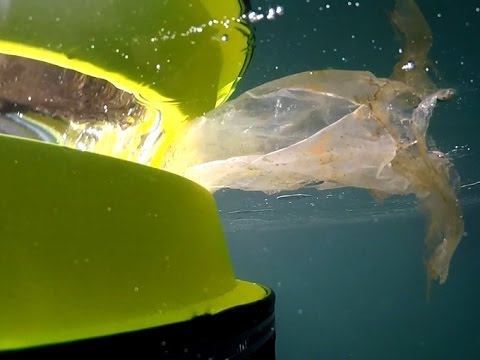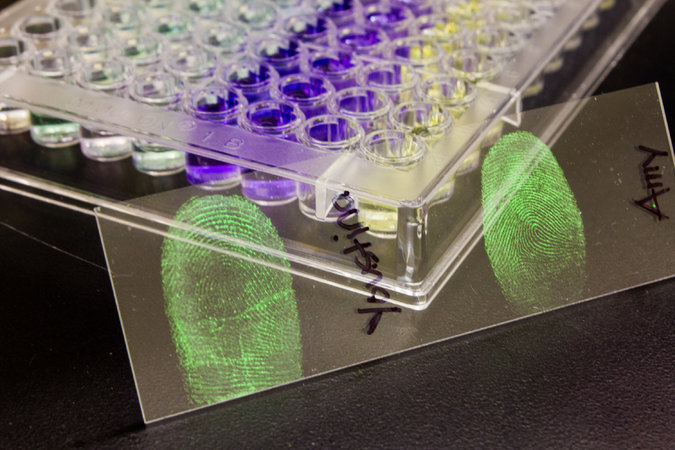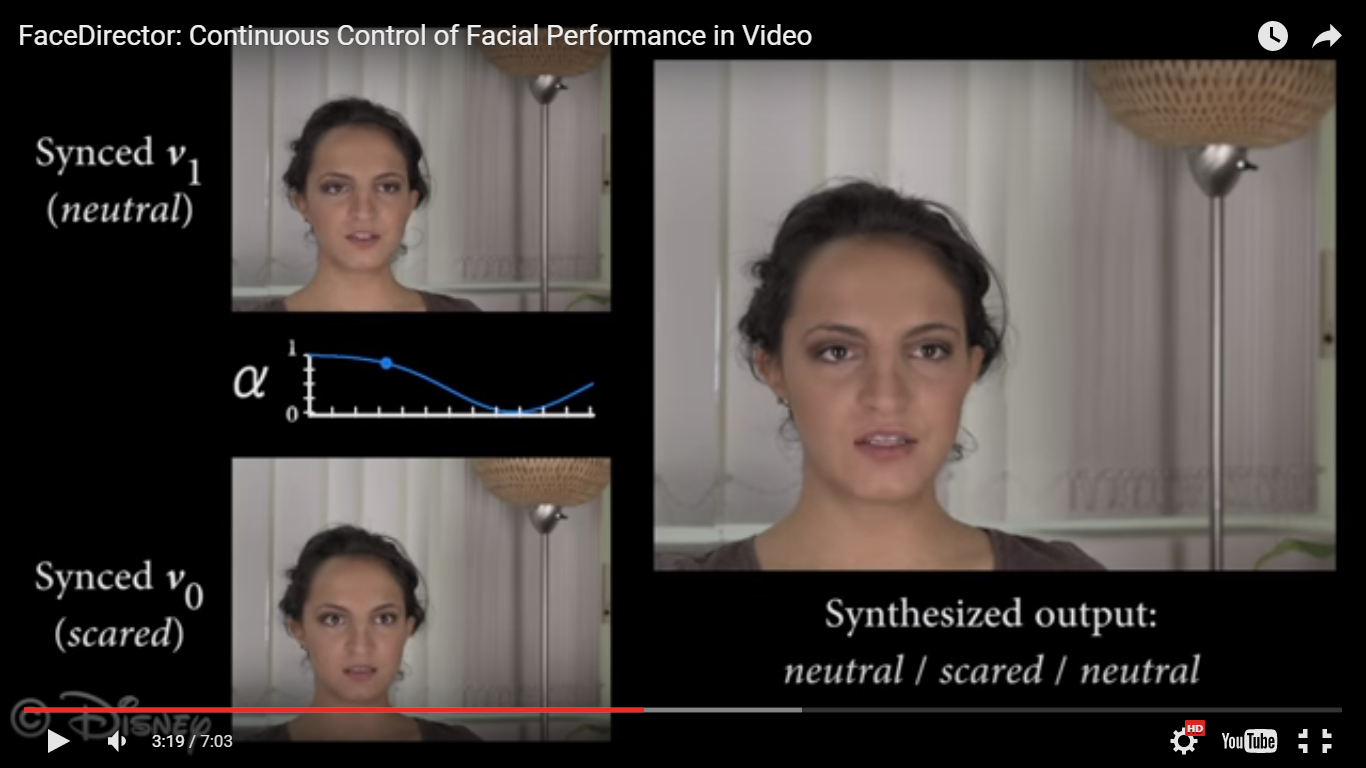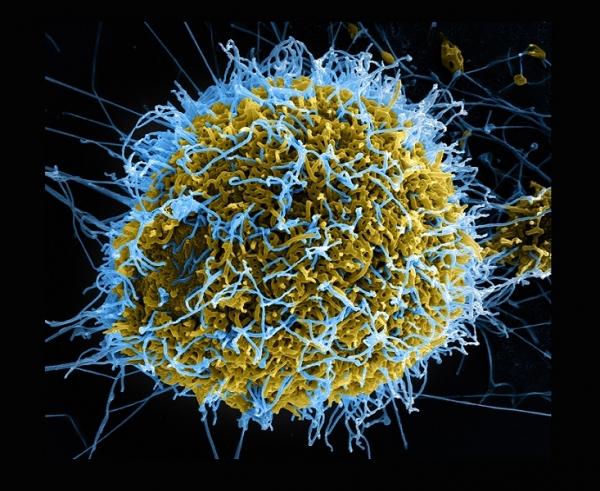Top 15 of 2015: Innovations
January 3, 2016
Countless ideas are being circulated every day, 365 days a year. The following are ideas in 2015 that have developed into a reality, that are worth recognizing not only for their innovation but also for their impacts. The impacts of these 15 innovations will undeniably benefit people, maybe in more ways than can be imagined.
1. Dengue Vaccine, a preventative method for Dengue currently approved by Mexico, Brazil, and the Philippines
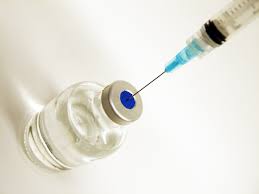
Sanofi Pasteur, the vaccines department of pharmaceutical company Sanofi, has created a vaccine able to shield patients against all four dengue virus serotypes. The dengue vaccine, known as Dengvaxia, can be used on individuals ranging from nine to 45 years old. It received approval from Federal Commission for the Protection against Sanitary Risks (COFEPRIS) after clinical trials on more that 40,000 people of different ages, backgrounds, and countries. The studies showed that the vaccine is efficient in varying cases and does not display long-term harms.
Dengue virus is transmitted by mosquitoes, and is especially prevalent in tropical and subtropical areas of Mexico, Latin America, and Asia. The World Health Organization estimates that there are over 390 million dengue infections yearly, putting half of the world population at risk for the disease. By applying Dengvaxia on 20 percent of the population in 10 endemic countries researched, cases of dengue could half in five years.
photo courtesy of in-pharmatechnologist.com
2. The Drinkable Book, a water purifying paper
Created by chemist Dr. Theresa Dankovich, each patent-pending page of The Drinkable Book is comprised of silver nanoparticles that are deadly for diseases including E. Coli, Cholera, and Typhoid. This technology works to filter contaminated water, making it safe for drinking. In addition, the individual pages of the book teach users about safe drinking water behaviors. Each sturdy sheet can last about a month, therefore the entire book can purify drinking water for up to four years.
According to the World Health Organization (WHO), 3.4 million people die from water-related disease annually. In many countries, people do not know that their water is unsafe to drink or do not have alternative clean water sources. By passing water through a page of The Drinkable Book, 99.9 percent of bacteria were found to be filtered out of the previously dirty liquid. The team behind the invention hopes to soon distribute the paper to countries such as South Africa, Ghana, Haiti, and Kenya.
photo courtesy of waterislife.com/clean-water/new-technology
3. Global Inlet Director, a solution to decrease spread of airborne disease transmission in planes
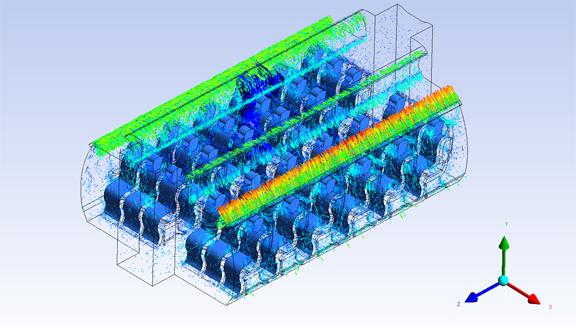
17 year old Raymond Wang has developed a Global Inlet Director that redirects airflow in airplane cabins so air contaminated by sick patients will not directly flow toward nearby passengers. By changing the circulation patterns in the aircraft, this limits the chance of pathogens from being transmitted to others. Wang’s Global Inlet Director is a fin-shaped, cost-effective device that only needs to be screwed onto airplanes to begin working. Computer models indicate that the solution diminishes pathogen transmission by approximately 55 times.
In the past, one man during a single flight spread the H1N1 virus to 17 other passengers. SARS, a respiratory disease, was passed to 22 individuals in a three hour flight. The latter condition costed the world 40 billion dollars in 2003 — think about how much this meticulously calculated solution could save the world in future incidences.
photo courtesy of Raymond Wang
4. 3D Printed Pill, a new way of manufacturing drugs that allows for decreased portion sizes and possibly individualized medicine
The U.S. Food and Drug Administration has approved 3D-printed pills this year, specifically epilepsy drugs known as Spritam. The pills are designed by pharmaceutical company Aprecia, and the printing technology was developed by MIT. Another technology from Aprecia spreads powdered medication in layers at the microscopic level and adds liquid droplets to help bind the substance.
Printing drugs allows medication to be forced together tighter, so patients can swallow a great amount of medication with less difficulty. In the near future, 3D printing of drugs may also be customizable for patients’ needs in terms of quantity and amounts of specific ingredients.
photo courtesy of bbc.com
5. Apple 3D Touch, a technology that offers easy access and shortcuts to seek information
The iPhone 6s features 3D Touch, enabling users to lightly press to “Peek” at the contents of a link or image and push down harder to make it open, or “Pop”. When you “Peek” at an app on the home screen, the phone displays a list of commonly used aspects in the app so the user can choose out of a simplified list of features rather than find what they want to use by completely opening the app. By pushing down on a letter of the keyboard with some force, a user can easily slide the cursor to the location where they would like in a block of text.
Apple experimented with hardware and software to make 3D Touch a unified, unique experience. Sensors embedded in the backlight of the Retina HD display measure the distance between the coverglass and display, and connect to other parts of the phone to carry out the necessary response. Around the same time as the tap, feedback is provided from the reengineered Taptic Engine in the form of vibrations that differ in length depending on the extent that a user has pressed down.
photo courtesy of techtimes.com
6. Beyond Meat, using plant protein as ingredients to replace meat
Beyond Meat provides plant-based alternatives to meat products, and offer recipes to healthy dishes that use their products. Several of their foods use non-GMO pea and soy protein as main ingredients to create meatless variations of chicken and beef. The “25/20 vision” of Beyond Meat seeks to reduce meat consumption around the world by 25 percent in four more years. Their products are currently sold in 10,000 stores, ranging from Whole Foods Market to Target.
In 2015, experienced individuals in the food or commercialization industry were promoted to be a part of the Beyond Meat team. Previous veteran of Fiji Water, Jerry Joye, is now chief operating officer of Beyond Meat, Mark Nelson of Farmer Brothers Co. is chief financial officer, and the masterminds of the got milk? campaign will market The Future of Protein campaign.
photo courtesy of homemadelevity.com
7. Falcon 9, first rocket to experience a victorious landing as part of a mission after orbital flight
On Dec. 21, SpaceX successfully landed Falcon 9 at Cape Canaveral, Florida, after they had placed 11 satellites into low orbit. Three previous tries to land a rocket this year failed; in the January attempt fins designed for landing began to malfunction, in the April attempt the rocket tipped off of its landing platform, and in the June attempt the rocket had exploded.
This feat, lead by CEO of SpaceX Elon Musk, is one of the first steps for making rockets reusable and ultimately reducing the cost of rocket endeavors. The amount that rockets cost, up to 90 million dollars each for SpaceX, can be drastically reduced if rockets are be used over and over for expeditions. The practice is similar to how airplanes are flown numerous times before they are disposed.
8. Motion-Capturing Technology, producing sound after recording minimal movement
Massachusetts Institute of Technology (MIT) student Abe Davis designed a method to gain back the sound in a silent video scene of seemingly not moving items. For example, by recording a video of a pair of headphones playing music, Davis and his team of scientists were able to recover the sounds coming from the headphones by measuring extremely tiny instances of motion in each video frame and translate them into sound. They then applied their research to determine the 3D structure and materialistic properties of objects, just by recording few-second long videos of the object.
This entirely new way of extracting sound from video is an innovation that can impact a wide variety of users. For instance, film directors are able to play with previously uncontrollable factors, such as wind direction or intensity, but still create a realistic scene.
photo courtesy of abedavis.com
9. Seabin, a container for filtering contaminants to help clean up natural water sources
Australians Andrew Turton and Pete Ceglinski founded the Seabin Project, an initiative that created a Seabin to help trap rubbish and liquid contaminants out of the water. A natural fiber container in the Seabin collects plastics and debris in yacht clubs, marinas, and ports. Next, the water is filtered out of the bin and into a pump on the deck that extracts the oil from the water. The pollution-free water is finally sent back into the ocean.
A functional prototype has been built, however the Seabin Project is still raising funds on Indiegogo. The existing solutions to pollution problems are expensive manual trash cleanup boats, while the Seabin Project can potentially be made to be extremely effective and sustainable.
photo courtesy of Kickstart Invention
10. Novel Fingerprint Analysis Technique, determines one’s gender based on composition of sweat
Forensic scientist Jan Halamek, along with his colleagues, have isolated amino acids in fingerprints that differ between women and men. In the sweat content of women, there is about double the amount of the targeted amino acids. In tests on doorknobs, laminate desktops, composite benchtops, as well as on computer screens, fingerprints could be determined to come from one of the sexes by using a bioaffinity-based sensing technique.
Fingerprints have been crucial for forensic investigations over the past century, however past identification has been mainly by comparing matching pictures of individual fingerprints. This study shows that more can be determined from a fingerprint by using biochemical means. Halamek is also trying to extract more information from blood protein markers in fingerprints, such as an estimate of age and ethnicity, and combine all of these tests into a simple kit for investigators to use.
photo courtesy of nytimes.com
11. Model X, a car that is highly aerodynamic but also safe
An SUV that can accelerate from zero to 60 miles per hour in a mere 3.2 seconds, Tesla’s Model X is speedy but safe. The battery is placed near the floor of the Model X, decreasing the chance for the vehicle to overturn while protecting against the effects of side impact crashes. The removal of a gasoline engine at the front of the car also provides for a relatively large crumple zone, allowing for impact absorption. High Efficiency Particulate Air strips circulate filtered outside air, while scanners supply information to the driver and automatically brake in the case of an emergency.
The high-speed Model X has 257 miles of range and a drag coefficient that is 20 percent lower than the next best SUV, due to its aerodynamic design. Crash tests by Tesla show that the Model X should be the first SUV to get greatest safety ratings in all aspects during a National Highway Traffic Safety Administration inspection.
photo courtesy of fastcodesign.com
12. Shape-shifting Metal, a material that retains its original shape despite countless distortions
Scientists in Germany and America have discovered a shape-shifting metal that can be bent into 10 million different contortions without losing its shape. During their research for a shape-shifting substance, the team came across this particular material by accident. An explanation for the amazing properties of the metal are that its titanium-copper structure networks in arrangements of all temperatures, so they can still spring back into their original structure eventually.
Previous shape-shifting metals have never become very useable because they have only been able retain their shape for a few repeated trials. The finding of this new material made of titanium, nickel, copper, and cobalt may soon be part of solar energy convertors or metallic heart valves.
photo courtesy of popularmechanics.com
13. FaceDirector, a way to shape a video scene after it has been captured
FaceDirector, a process to mix some emotions of actors after separate scenes have been recorded, has been developed by Disney Research. The technology synchronizes the visual expressions and audio, or words spoken, between takes. Following this, a director can control timing of emotions by combining several different takes seamlessly.
Working with 2D video, FaceDirector avoids the need for 3D facial reconstruction while still allowing directors to create convincing final products of a scene. FaceDirector can potentially save loads of money and time by avoiding the need for a scene to be shot over and over until a director is satisfied with it; acting can now be edited in post-production.
photo courtesy of www.disneyresearch.com/publication/facedirector
14. ViroCap, a quick and accurate detector of most animal viruses
Researchers of ViroCap claim that it can identify almost all viruses present in humans and animals, even if the pathogen is present only in tiny quantities. Even in situations where doctors cannot pinpoint the patient’s illness, ViroCap can test all viruses and several variants at the same time to efficiently diagnose a patient. ViroCap displayed a 52 percent improvement over polymerase chain reaction (PCR) assays by finding 11 more viruses during experimentation.
Only minor trials have been conducted with ViroCap, so the accuracy of this test still needs to be confirmed. The study has already been published in scientific journal Genome Research and the test will be released so other medical researchers and physicians can obtain the work and apply it.
photo courtesy of techtimes.com
15. Apple Pay, aiming to perfect mobile payment methodology
Though mobile payment options have been available for several years, Apple Pay not only simplified the process further but also improved efficiency and security of payments. The new iPhone 6 features Apple Pay at the checkout terminal, where users are required to simply press their thumb to the phone to make a payment. The Touch ID sensor eliminates the need to enter one’s PIN number during transactions, while preventing stealers who take an iPhone to be able to make payments because they cannot access the account via the fingerprint sensor. Now an app does not need to be opened for a payment to be made, as with Google Wallet or Paypal.
Apple Pay has attracted a greater variety of users to transition to making these types of transactions. In Jan., two percent of sales at Whole Food Market stores were through Apple Pay, while half of mobile phone payments for McDonald’s were through this convenience. Walgreen’s also experienced a doubling of their mobile transitions after the release of Apple Pay.
photo courtesy of apple.com/apple-pay

